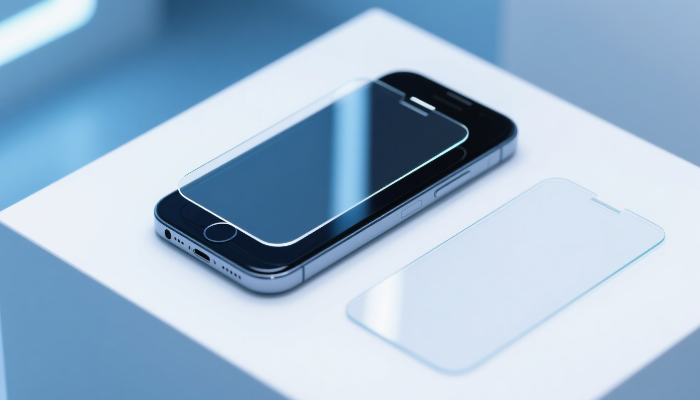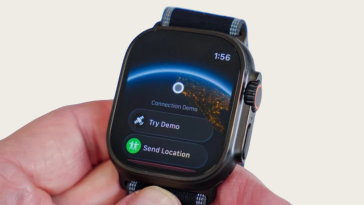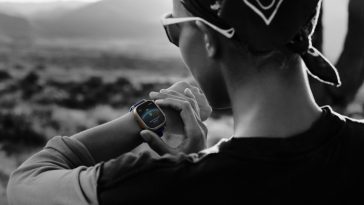Popular Screen Protector Materials
1. Hydrogel Film (TPU-Based)
Hydrogel screen protectors stand out due to their flexibility and self-healing properties. Made from a soft TPU (thermoplastic polyurethane) material, they are thin, elastic, and can conform perfectly to curved or edge displays, making them ideal for phones with curved screens.
- Flexibility: Can stretch and wrap edges without peeling.
- Self-Healing: Minor scratches fade over time, keeping the screen looking clean.
- Touch Sensitivity: Excellent — they retain the natural smoothness of the original screen.
- Drawbacks: Not as hard as glass, so they offer moderate scratch and impact protection.
Perfect for curved screen phones like Samsung Galaxy Ultra series or recent iPhones with curved edges, where full coverage without bubbles or gaps is essential123.
2. Tempered Glass
Tempered glass protectors are the most popular for their high hardness and robust protection. Heat-treated to shatter-resistant standards (9H hardness rating), these protectors excel at resisting scratches from keys, drops, and impacts.
- Screen Protection: Best against drops and deep scratches.
- Touch Experience: Smooth and glass-like, very close to the original screen feel.
- Visual Quality: High transparency and minimal distortion.
- Size & Fit: Usually designed for flat or slightly curved screens; 3D-tempered glass models are available for curved edges.
Brands like Spigen and ZAGG offer premium options that balance toughness with clarity. For curved displays, specialized products like Whitestone Dome use UV adhesive to ensure edge-to-edge coverage without bubbles14.
3. PET Film (Polyethylene Terephthalate)
PET is the most basic and budget-friendly screen protector material. It’s thin, light, and rigid but lacks impact resistance compared to tempered glass.
- Protection: Effective against minor scratches but not drops.
- Transparency: Excellent clarity with minimal glare.
- Touch Sensitivity: Very smooth, barely noticeable on the screen.
- Limitations: Cannot cover curved edges fully and is prone to fingerprints.
Suitable for users who prefer an ultra-thin, affordable protector mostly against scratches and wear, especially for flat-screen phones or secondary devices245.
Performance Comparison
| Feature | Hydrogel Film | Tempered Glass | PET Film |
|---|---|---|---|
| Hardness | Moderate (< Glass) | High (9H) | Low |
| Scratch Resistance | Good (self-healing) | Excellent | Basic |
| Impact Resistance | Moderate | Best | Poor |
| Touch Sensitivity | Excellent | Very Good | Excellent |
| Visual Clarity | High | High | Highest |
| Edge Coverage | Best for curved edges | Best for flat, some 3D fit | Poor for curves |
| Price | Mid-range | Mid to high | Low |
Recommendations by Phone Type
- Curved-screen phones (e.g., Galaxy S23 Ultra, iPhone 15 Pro): Use Hydrogel film or 3D-shaped tempered glass for full, bubble-free edge protection and better durability. Whitestone Dome Glass remains a premium choice for flawless edge adhesion1.
- Flat-screen phones: Tempered glass provides the best combination of protection and feel. PET film is an option if you prioritize thinness and are less worried about drop damage23.
- Budget or secondary devices: PET film offers good clarity and basic scratch resistance without breaking the bank.
Final Thoughts
Choosing the right mobile screen protector material depends on your phone model, lifestyle, and priorities. Hydrogel films offer flexibility and self-repair for curved edges, tempered glass protects best against scratches and impacts, and PET films keep things simple and lightweight.
By picking the right screen protector, you keep your phone looking gorgeous while safeguarding its most vital feature—the screen.
- https://www.pullupphonerepair.com/blog-posts/best-phone-screen-protectors-for-2025
- https://evelatus.com/screen-protectors-are-still-necessary
- https://www.asurion.com/connect/tech-tips/best-screen-protector/
- https://stylesatlife.com/articles/best-types-of-phone-screen-protectors/
- https://www.pcmag.com/explainers/what-kind-of-screen-protector-should-i-get-for-my-phone





 No products in the cart.
No products in the cart.